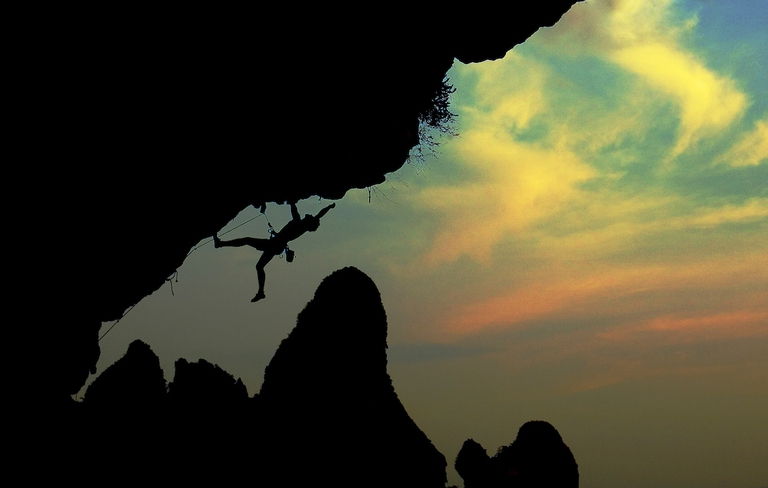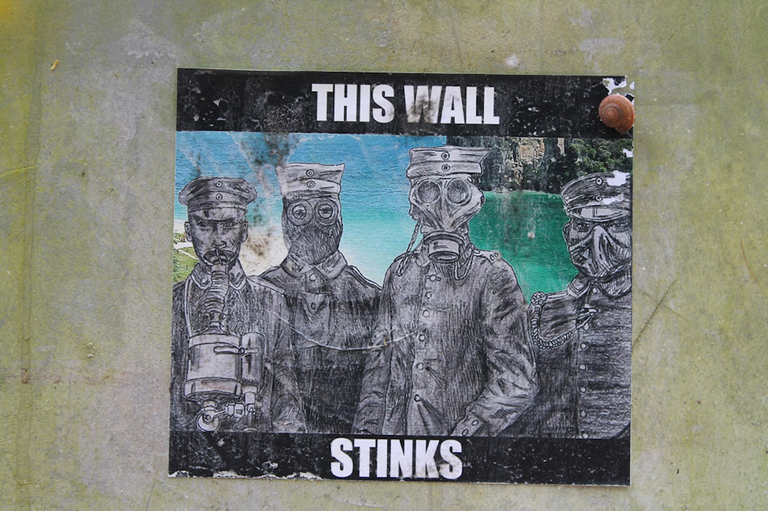
Niseko, Toya-Usu and Shiraoi are three Hokkaido destinations for travellers who want to feel close to the communities they’re visiting.
In 2014 the small village of Tonsai was relocated to make space for a new mega-resort commissioned by the Sheraton. After relocating the village the hotel chain proceeded to build a concrete wall around their land. Tonsai is located on the coast of the Andaman Sea in the province of Krabi, in Thailand. A town that
In 2014 the small village of Tonsai was relocated to make space for a new mega-resort commissioned by the Sheraton. After relocating the village the hotel chain proceeded to build a concrete wall around their land. Tonsai is located on the coast of the Andaman Sea in the province of Krabi, in Thailand. A town that used to sit facing the ocean was forcefully moved and now faces a concrete wall instead. Two years later the hotel-resort is still nowhere to be seen but the wall still stands.
The people of Tonsai could do nothing to prevent a local landowner from selling the area designated for the hotel two years ago, and nobody knows whether the Sheraton will finish what it started. There are hopeful rumours that when the hotel giant bought the land it had only seen pictures of the beach at high tide. Only when construction began did they realise that at low tide the beach is completely covered in sharp and jagged rocks, which potentially prompted them to cancel construction!
Tonsai isn’t an easy place to find. To get there from the Thai capital Bangkok you have to board at least one plane (or a twelve-hour bus), two minibuses and a long-tail boat that delivers you to the nearby village of Railay. Once in Railay you have to walk across the beach, through the jungle, across another Tonsai beach and then, finally, find the path that leads back into the jungle and towards the newly relocated village that once stood on the beach itself. One final detail, all of this can only be done with a low tide and calm seas.
Walking upwards from Tonsai beach you may notice that this is a place of staggering beauty. The beach however, like many unkempt shorelines, is covered in rubbish washed up from the sea and, particular to Tonsai, the ruins of a village that is no longer there. Behind the beach is a patch of jungle encircled by the large concrete wall.
The wall follows you as you make your way from the beach towards the village. Tonsai once stood overlooking the sea, then it stood overlooking a bare concrete wall and now it stands facing the same wall, filled with depictions of art, irony and protest as both tourists and locals have been painting it from top to bottom.
The area was first discovered by rock climbers almost thirty years ago and rockclimbers continue to flock here every year in the thousands. The only difference being that they now come equipped with stencils, spray paint and lots of creativity. The Tonsai wall has become a symbol of protest and rebellion, providing the canvas for innumerable works of art.
What will happen with the resort remains to be seen, but for now all we can do is sit back and appreciate how when barriers can’t be torn down then they can at least be decorated.
Siamo anche su WhatsApp. Segui il canale ufficiale LifeGate per restare aggiornata, aggiornato sulle ultime notizie e sulle nostre attività.
![]()
Quest'opera è distribuita con Licenza Creative Commons Attribuzione - Non commerciale - Non opere derivate 4.0 Internazionale.
Niseko, Toya-Usu and Shiraoi are three Hokkaido destinations for travellers who want to feel close to the communities they’re visiting.
Disabled travellers need not fear Japan. Accessible Japan founder Josh Grisdale tells us about his commitment to opening the country’s doors to everyone.
Antarctica is becoming more accessible, so much so that tourism has seen a 53 per cent increase in the last four years. And climate change is on of the reasons people visit the frozen continent.
Alpinism has officially been added to the UNESCO Intangible Cultural Heritage (ICH) list. Its candidacy had been jointly submitted by France, Italy and Switzerland.
The word biodiversity recalls lush forests inhabited by countless animal and plant species. Life, thanks to its blind determination, blossoms in a myriad of stunning environments: from deserts and volcanoes to mountains covered up by perennial ice. The most extreme and inhospitable ecosystems can host animals and plants that adapted in the name of survival.
Not just skyscrapers: the Japanese capital is a much greener city that most people imagine. Let’s discover the best Tokyo parks and gardens from autumn to spring, and anytime in between.
Vienna will amaze you with the magnificence of its past and modernity of its services. A tour among the best sights of an environmentally-friendly city with award-winning quality of life standards.
Chile has unveiled the Patagonian Route of Parks, an incredible trail that connects 17 national parks with the aim of promoting nature conservation and community development.
Trekkers throughout the Himalayas have contributed to creating the highest garbage dump in the world. Sustainable tourism in Nepal is still absent, but sorely needed.









